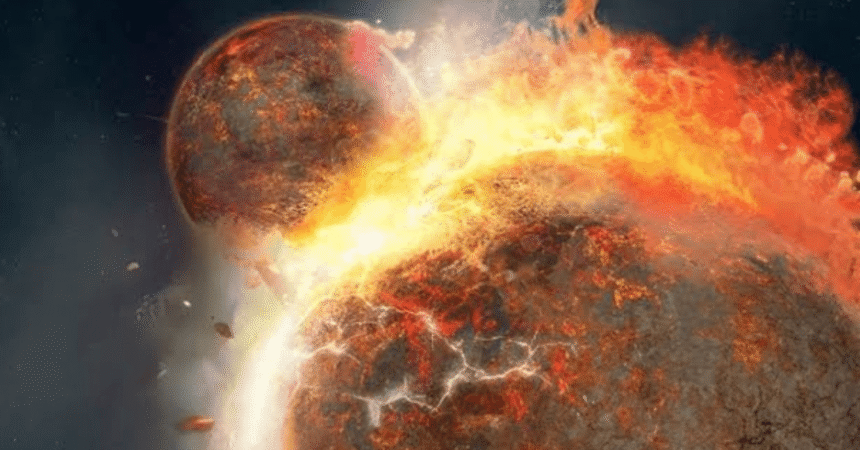In a remarkable discovery, scientists have uncovered evidence of an ancient magma ocean at the Moon’s South Pole, supporting the Lunar Magma Ocean theory. This theory proposes that the Moon’s surface was formed around 4.5 billion years ago from magma. The Indian mission Chandrayaan-3, which landed near the south pole in August 2023, collected crucial data that confirms this theory.
The Lunar Magma Ocean theory suggests that the early Moon was covered by a vast ocean of liquid molten rock, which eventually cooled and crystallized to form the Moon’s crust. This process produced a lighter mineral, ferroan anorthosite, which became the crust of the Moon. The discovery of this ancient magma ocean provides new insights into the Moon’s early evolution and formation.
The Chandrayaan-3 mission, which became the last mission of its series, landed in a region where no spacecraft has ever landed before. The mission’s rover, Pragyaan, conducted a comprehensive mapping of the surface for 10 days, bearing extreme temperatures and racing across the maria. The rover used an alpha particle X-ray spectrometer to test the Moon’s regolith, exposing evidence of a cataclysmic impact that resulted from a meteorite about four billion years ago.
This impact created one of the largest basins in the solar system, the South Pole-Aitken basin, and hurled out material from great depths, including magnesium. The discovery of this ancient magma ocean has significant implications for our understanding of the Moon’s formation and evolution.
#Moon #MagmaOcean #LunarMagmaOceanTheory #Chandrayaan3 #SpaceExploration







